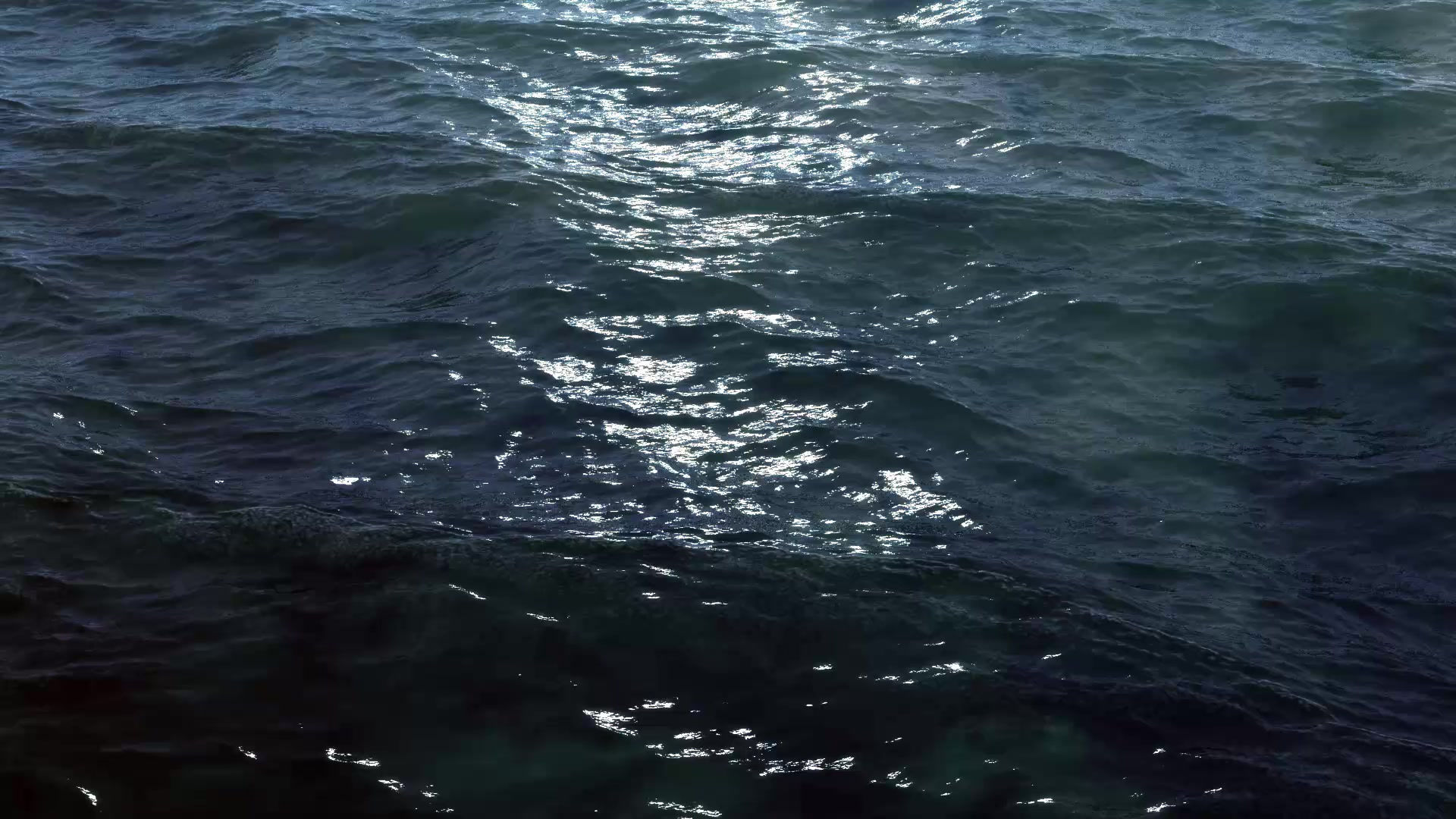
Part II
According to the New York Times, “Over a million people are buried in the city’s potter’s field on Hart Island” (Bernstein). The normal course of erosion and major storms have led to, “unearthing the long-hidden bones of Hart Island” (Erosion).Therefore, further erosion and unearthing of bones is a pivotal issue that needs attention. Although it is true that seven years after Superstorm Sandy, funds have been allocated to fund bone recovery and erosion protection project for the shoreline. There is evidence that unearthed bones were found in 1985 too (Riski). This project is for restoration, not maintenance purposes, which fails to address the long term nature of this problem.
Thus, the Department of Environmental Conservation (DEC) should be major contributors and overseers of Hart Island, with help from the current facilitators the Department of Corrections (DOC). Not only should the DEC ensure the protection of the shoreline but could use the Island as a base to test coastal protection for the city. With sea levels rising at a rate of “1 inch every 7-8 years” along the New York Coast (New York's Sea Level Is Rising), this is the time to address how we will protect New York from erosion and other environmental complications that arise with rising sea levels. Using Hart Island would be a great location to conduct experiments about means of combating this pressing issue. By encouraging environmentalism on the island, it would give the island a new life, in the midst of its dark history. Conducting research to save or benefit New Yorkers, through financial provision of the DEC, would be a great way to change the reputation that Hart Island has had in the past.
Considering the severity of these problems, allowing unlimited access to Hart Island would do further damage. With unrestricted access comes people, businesses, tourism which all then amount to pollution and further destruction or harm to this already fragile environment. More ports, beach houses and other infrastructure being built along the coastline of Hart Island could be harmful to the already damaged shore and may even cause unintentional disinterments. For the integrity of the island and the dignity of those buried there, allowing unrestricted access would be a disservice. Moreover the scope of access should be narrowed to environmental professionals and mourner to best respect those whose graves are on Hart Island.